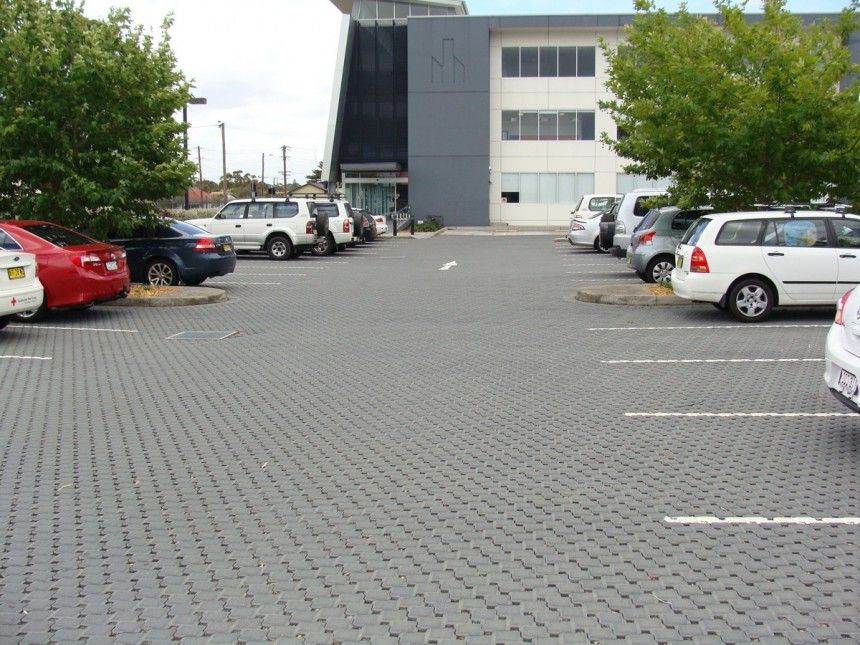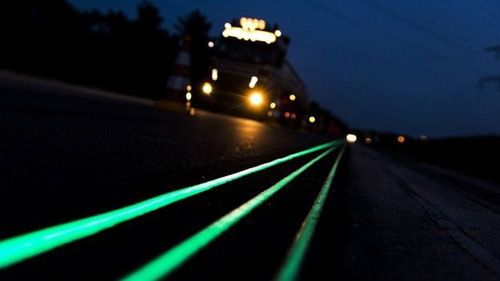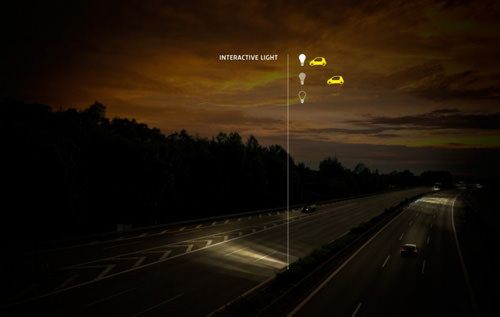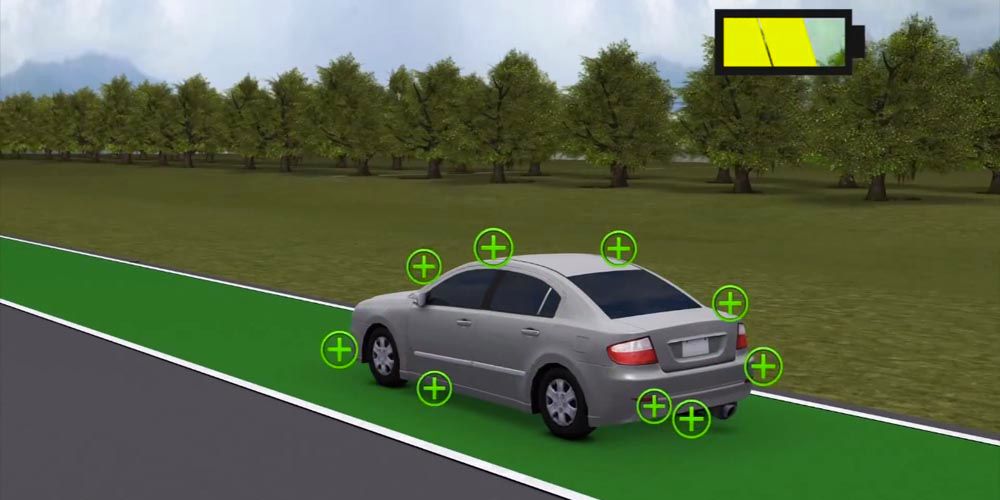Smart Roads-A Future Travel
Apr 17, 2019 • 63 views
Science and innovations are two vital aspects which move parallel to each other and give rise to new and better technologies and advancements. We humans try to innovate and improvise a cause and call it SMART. Now this word ‘SMART’ has bought about a revolution in the world, everything big or small is finding its way to have a smarter version. The idea behind making things smarter is:
·Saving the environment and making it a better place to live.
·Reducing complex situations of real life and making it simpler.
·Saving raw material for future use.
Automobiles are one among the many examples of innovations which first came in simple and kept on evolving with time. Now many automobiles have a feature of Autopilot in which vehicle can be driven without a driver.
We are not here to discuss about different vehicles, but about path on which they run i.e. Roads. Taking about roads to be smart means it should be perfect in almost every way whether it be
·Safety of vehicle and its passengers.
·Durable for longer period of time and all weather.
·Environment friendly i.e. energy efficient.
There are about 33,424,323 km of roads covering the earth’s surface. That’s enough to wrap around equator 833 times or enough to get halfway to Mars. There have been many attempts around the world for evolution of roads and making them smart. Following are some ways in which future roads:
New surface materials for roads: Presently roads are being constructed from asphalt concrete which is a composite of bitumen and mineral aggregate. These materials are getting exhausted at a fast rate, so there was an urge for new surface materials for roads which can replace asphalt and also be eco friendly. Then there came in organic resin based roads such as Eco-pave. Manufacturers are also finding out the probability of using recycled plastics for road construction.

Glow in dark roads: To avoid large budget on road lightning, glow in dark road markings is a better alternative option. For this road paint is mixed with photo-luminising powder that "charges up" during the day and willglow for up to 8 hours every night.

Interactive light: It works in a sense that light will glow when vehicle reaches particular stretch of road and fades off slowly when that section is crossed; motion sensors help in achieving this task. These lights saves energy on highways which are less traveled.

Electric priority lane: Electric vehicles are increasing on roads and to meet their charging requirements an idea for special priority lane comes up. The embedded magnetic field charges up the vehicles.

Piezoelectric energy roads: The idea behind bringing these roads is to save energy as these roads are capable of converting vibrations of vehicles into useful energy.

Conclusion: Technology is giving ways to safeguard the future as well as environment. These smart roadsSatisfy 3Rsi.e. REUSE, REDUCE & RECYCLE.
